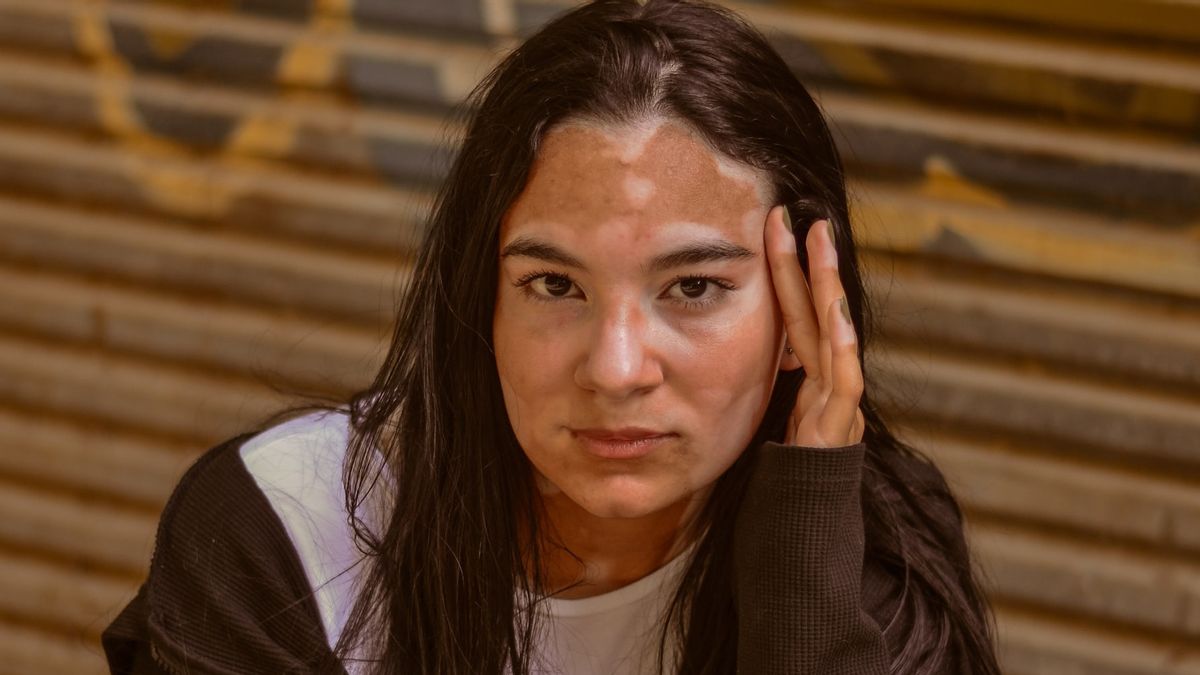YOGYAKARTA - Vitiligo is the loss of skin pigment. This condition is experienced by 1 percent of the global population. So, can Vitiligo recover by itself?
When the skin pigment disappears by itself in certain areas. The loss of this pigment is called makula, which is no more than 1 centimeter wide. But there is also something wider than that size. In fact, dark hair becomes white or silver can also be due to the vitiligo.
Vitiligo occurs because the immune system attacks melanocytes. Melanocytes are skin cells that produce melanin, a natural chemical of the skin that gives skin color or pigmentation. The loss of this pigment is generally experienced by men and women at any age. But most often experienced before the age of 30, especially for someone with a darker skin color. In addition, people with anemia, diabetes, lupus, psoriasis, rheumatoid arthritis, and thyroid disease.
Vitiligo usually starts with a few maculars or small white spots that can gradually spread throughout your body. Vitiligo usually starts at the hands, lower arms, legs, and face, but can develop in any part of the body, including mucus membranes ( moist coatings on the mouth, nose, genitals, and rectum areas), eyes, and inner ears.
Sometimes, larger patching continues to widen and spread, but usually remains in the same place for years. The smaller location of the macular shifts and changes over time, as certain areas of the skin lose and regain their pigment.
The number of affected skin varies for each person diagnosed with vitiligo. Some people experience several areas of depigmentation, while others have lost their skin tone widely. There are six types of vitiligo based on the spread and extent, among them, as follows.
General: This is the most common type of vitiligo that causes maculars to appear in various places in your body.
1. Segmental: This type only affects one side of your body or one area, such as your hands or face.
2. Mukosa: Vitiligo mucosa affects the mucus membrane of the mouth and/or your genitals.
3. Fokal: Vitiligo focal is a rare type where makulas thrive in small areas and do not spread in certain patterns in one to two years.
4. Trikoma: This type causes a bullseye with a white or colory center, then an area with brighter pigment, and an area with your natural skin tone.
5. Universal: This rare type of vitiligo causes more than 80% of your skin not to have pigment.
It's important to know that vitiligo is not contagious despite physical touch. That means there's no need to worry. Vitiligo is also harmless. Vitiligo in certain categories can disappear by itself. But it doesn't rule out the possibility of reappearing and switching places.
The English, Chinese, Japanese, Arabic, and French versions are automatically generated by the AI. So there may still be inaccuracies in translating, please always see Indonesian as our main language. (system supported by DigitalSiber.id)













